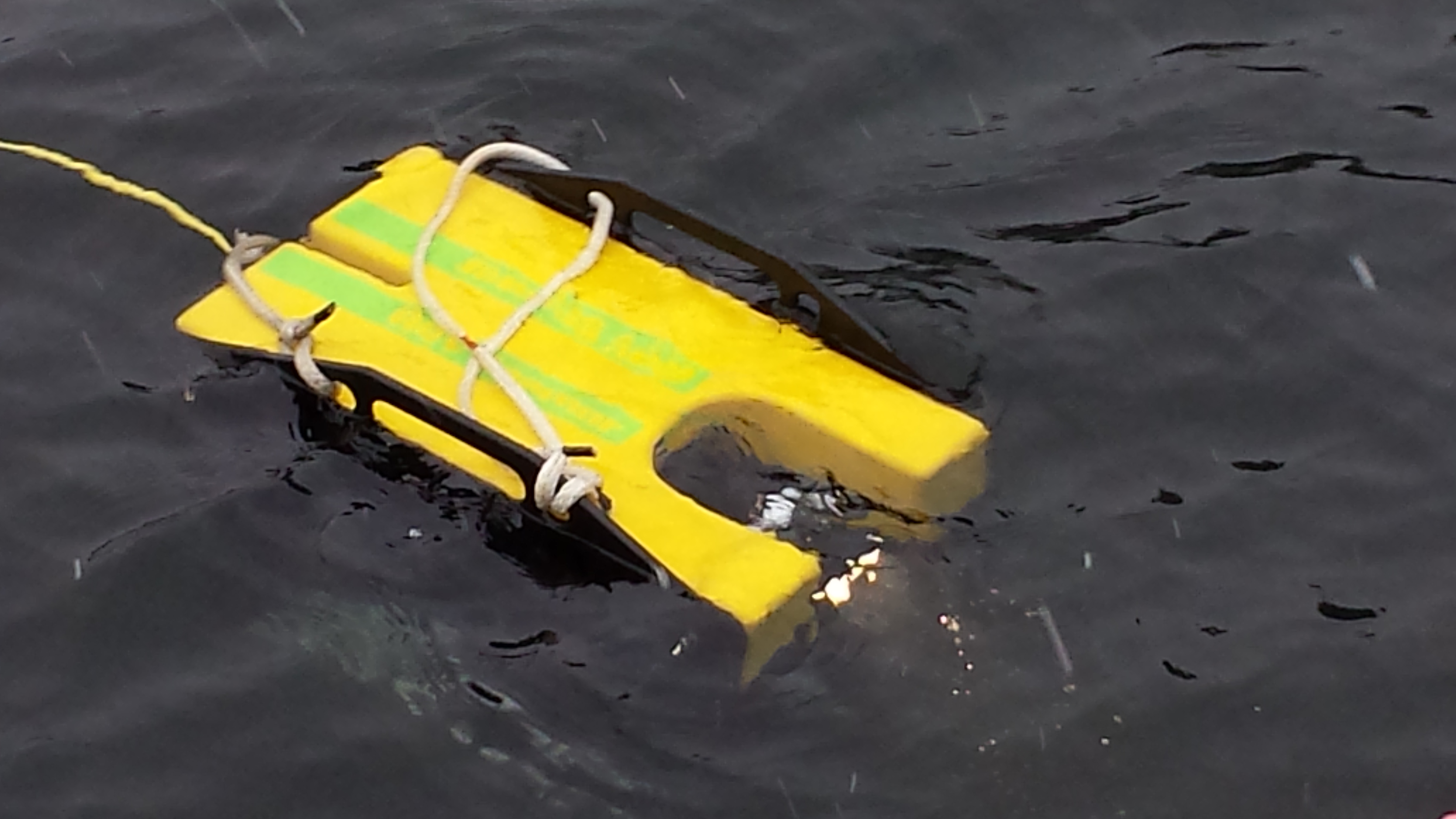Herring Project Coordination

PROJECT
Herring Project Coordination
Background
The Exxon Valdez Oil Spill Trustee Council (EVOSTC) has supported over two hundred projects associated with Pacific herring in Prince William Sound (PWS). In 2009 the EVOSTC shifted from funding individual projects to funding integrated research programs. In 2012 they funded the first phase of the Herring Research and Monitoring (HRM) program. The goal of the HRM program is to improve predictions of herring stocks through research and monitoring. From 2012 to 2017 there were twenty projects conducted as part of the program. Beginning in 2017 the second phase of the HRM program was funded with fewer projects planned. To achieve integration of the projects, it was recognized there needed to be a coordination effort.
Methods
The coordination starts with developing an integrated proposal that examines issues related to the goal of the HRM program. It continues through the regular meeting of the team of investigators and coordination of cruise activities. The HRM efforts are also coordinated with those of Gulf Watch Alaska, which provides information about the PWS ecosystem, and the Data Management team that provided data support. The herring project coordination effort is responsible for tracking reports from individual projects and developing synthesized program reports.
What we are learning
By taking an integrated and coordinated approach, we can meld together the lessons learned by individual projects to develop an understanding of factors affecting the life history of herring. It also provides a means to ensure coordination with resource management agencies to ensure the research is relevant to their needs. In this way coordination lead, Scott Pegau, has been investigating what makes a strong recruitment year class. By combining results from the HRM program, the Gulf Watch Alaska program and other programs in the area promising trends are emerging to be able to better predict a strong recruitment class. Although, 2012 is proving to be an outlier. A look at the joint efforts of the disease and modeling teams' work may provide an answer. High levels of antibodies suggest that an epizootic event may have swept through the recruitment biomass leaving it with less than half of its original strength. These findings among others would not be possible without the framework for teamwork this coordination effort provides.
PRINCIPAL INVESTIGATOR
Scott Pegau, Ph.D.PWS Science Center
wspegau@pwssc.org




